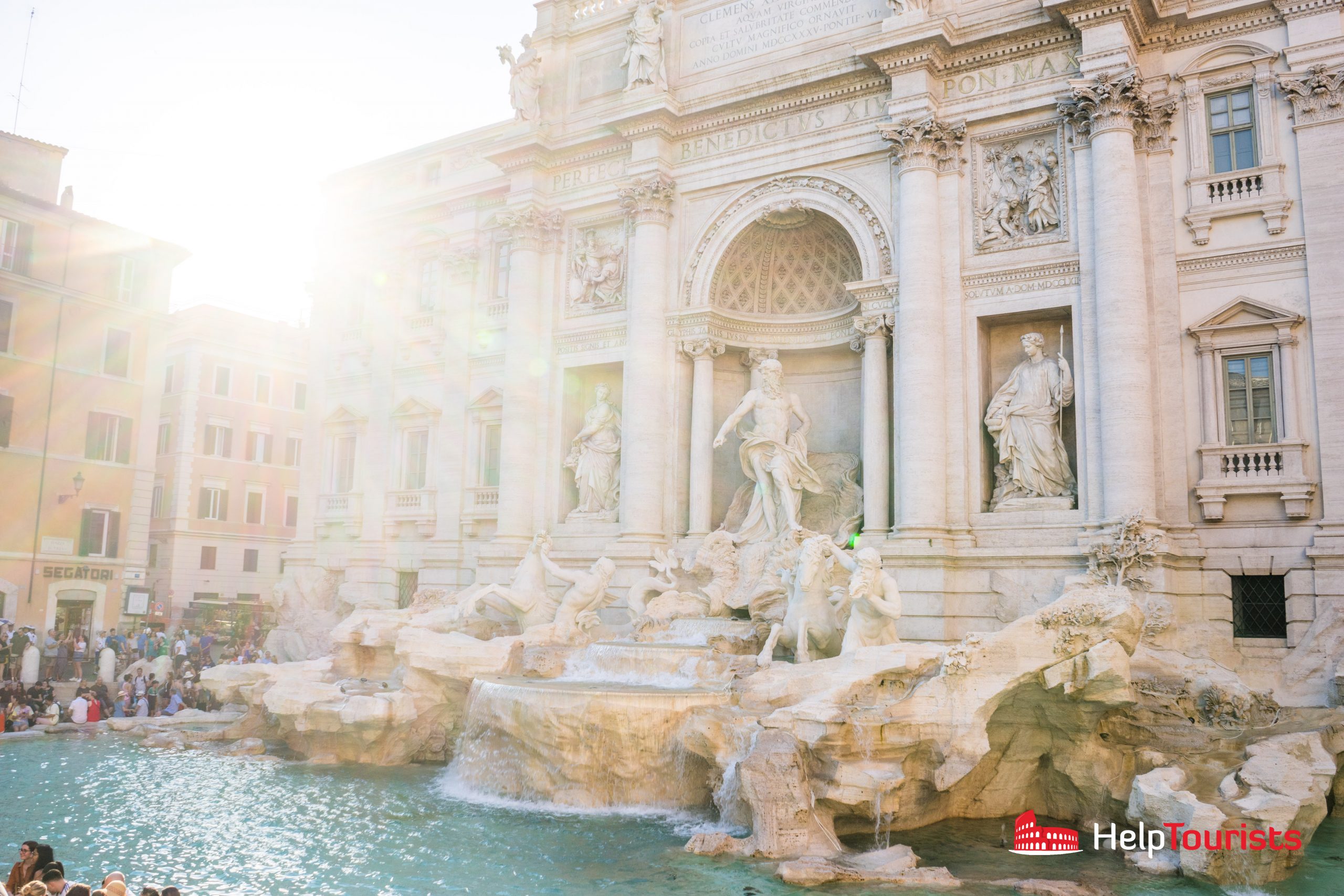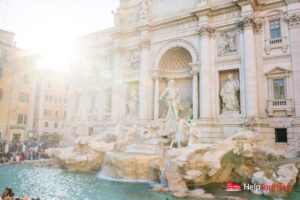Europe, a continent rich in history and culture, is a mosaic of diverse languages, traditions, and peculiarities that often elude casual observers. Below are some captivating facts that not only underscore Europe’s multifaceted essence but also promise a delightful shift in perspective. From remarkable historical milestones to enchanting cultural idiosyncrasies, prepare to delve into the quirky surprises that characterize this storied land.
1. The Birthplace of Democracy
While many may associate the concept of democracy with modern governance, it finds its roots in ancient Athens, Greece. In the 5th century BCE, Athenian citizens initiated a revolutionary system where free male citizens could participate directly in political decision-making. This radical shift laid the cornerstone for contemporary democratic systems worldwide, making Greece an enduring symbol of civic participation.
2. A Land of Languages
Europe is home to approximately 225 indigenous languages, reflecting its complex tapestry of cultures. The continent boasts several language families, including Romance, Germanic, and Slavic tongues. Oddly enough, the European Union recognizes 24 official languages, which means that translation services are an everyday reality, ensuring political inclusivity across the borders. This linguistic diversity contributes to Europe’s vibrant cultural interactions, where one can hear a symphony of dialects in bustling urban centers.
3. Architectural Marvels: The Leaning Tower of Pisa
The Leaning Tower of Pisa, a famous structure in Italy, is not only known for its unintended tilt but also for its intriguing architectural history. Completed in the 14th century, this bell tower began to lean during construction due to the soft ground beneath it. Interestingly, the tower was saved from collapse in the late 20th century after extensive restoration efforts, allowing it to continue to stand as a testament to both folly and engineering prowess.
4. A Festival of Colors: La Tomatina
Every last Wednesday of August, the small town of Buñol in Spain transforms into a vibrant kaleidoscope of red as thousands gather for La Tomatina, a massive tomato fight. Originating in 1945, the event began as a playful skirmish between locals and has now evolved into a global phenomenon. Participants hurl overripe tomatoes at one another, embodying the spirit of joy and community, spilling laughter along with the pulpy red mass.
5. The Last Divided Country in Europe
Germany was famously divided into East and West during the Cold War, with the Berlin Wall symbolizing this stark divide. However, the reunification of Germany in 1990 was a pivotal moment in European history. Today, remnants of the Wall still stand, serving as a poignant reminder of the struggles for freedom and the quest for unity. This historical backdrop makes Berlin a fascinating nexus of modern culture and historical reflection.
6. The World’s Smallest Country
Vatican City, completely enveloped by Rome, is not only the spiritual hub for Catholics around the globe but also the smallest independent state in the world. Covering just 44 hectares, it houses iconic treasures such as St. Peter’s Basilica and Michelangelo’s Sistine Chapel. Despite its minuscule size, Vatican City packs a substantial punch in terms of cultural significance and influence, showcasing the grandeur of religious art and architecture.
7. The Origin of the Word “Salary”
The term ‘salary’ has intriguing historical roots, deriving from the Latin word “salarium,” which referred to the payments made to Roman soldiers for the purchase of salt. In ancient times, salt was a valuable commodity, essential for preserving food. This etymological connection underscores how fiscal terms can often tie back to significant resources in history, highlighting the economic priorities of societies over time.
8. Chocolate’s European Heritage
While cacao is indigenous to Mesoamerica, it made its way to Europe in the early 16th century, captivating European palates. Initially consumed as a bitter drink mixed with spices, chocolate underwent significant transformation, evolving into the sweet confectionery beloved today. Countries like Belgium and Switzerland emerged as chocolate-making powerhouses, producing artisanal delights that continue to enchant chocolate aficionados worldwide.
9. The Unusual Tradition of Krampus
In stark contrast to the jolly Santa Claus, the Alpine regions celebrate Krampus during the Christmas season. This horned figure, said to punish naughty children, has become a cultural icon in Austria, Germany, and other countries. Celebrations often include parades featuring individuals dressed as Krampus, igniting both fear and merriment. This peculiar tradition serves as a fascinating insight into how folklore can shape holiday festivities.
10. Recycling in Europe
Europe is a global leader in sustainability and recycling efforts. Countries like Germany have established ambitious waste management systems that include comprehensive recycling protocols, aiming for a circular economy. German citizens separate their waste meticulously, with different bins for paper, plastics, and organic material. This conscientious approach illustrates how cultural values around environmental stewardship can influence effective waste management practices, setting benchmarks for other nations.
Conclusion: A Tapestry of Curiosity
From the complexities of democratic ideals to the delightful quirks of local traditions, Europe stands as an intricate tapestry woven from centuries of history, culture, and eccentricity. Each fact unearthed broadens the horizons of understanding, encouraging exploration and appreciation of the continent’s rich legacy. The wonders of Europe await those curious enough to venture beyond the surface, inviting all to discover the extraordinary within the ordinary.









